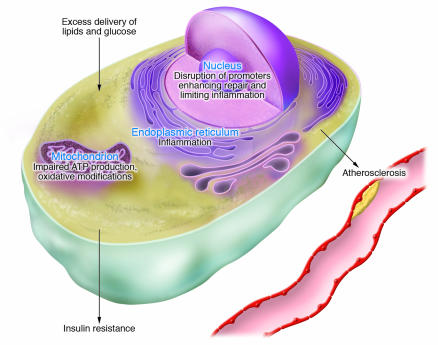Figure 2. Nutrient excess, organelle stress, and the development of atherosclerosis and insulin resistance.
The excess delivery of glucose, lipids, and other nutrients disrupts homeostasis at key organelles, leading to genomic and ER stress. Increased fuel flow is associated with increased mitochondrial metabolism with the potential for excessive generation of reactive oxygen species, leading to mitochondrial dysfunction. The nuclear genome may be affected by oxidative modifications and by structural alterations due to the accumulation of intracellular lipids, both of which may disrupt repair mechanisms as well as transcriptional responses that minimize inflammatory damage. Excessive demand on the ER induces stress responses that lead to inflammation. Genomic and ER stress could be adaptive in the short term, since decreased insulin signaling would limit additional uptake of nutrients and increased macrophage activation would clear toxic lipids. However, these independent processes stimulated by organelle stress ultimately become maladaptive in the setting of continued nutrient excess.

